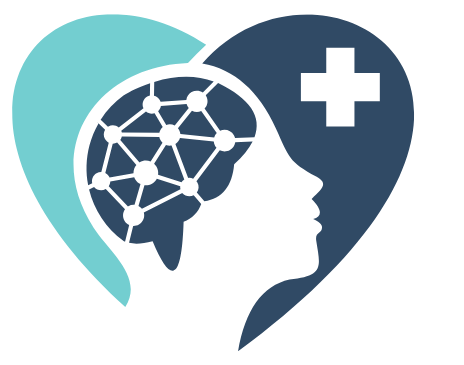Mood tracking is one of the most helpful skills for recovering from mental health problems, as well as maintaining mental health over time. Mood tracking is a core skill in cognitive behavioral therapy, but it’s a practice that is also becoming more mainstream as well. If you want to regain your mental health, I strongly recommend you try one of the following mood tracking systems. But first, what is mood tracking, and why should you give it a try?
What is mood tracking
Mood tracking refers to any system that involves labeling or rating your moods and tracking them over time. Examples of popular systems include associating your emotions with colors – red for angry, blue for sad, yellow for anxiety, black for depression, green for happy. You can also track the 5 basic emotions by labeling them – happiness, fear, anger, sadness, and disgust, or you can choose emotion labels that speak to you. Numerical systems work by using a scale from 0-10 to rate your mood, where 0 represents no sadness and 10 represents severe and unshakable sadness. 5 represents a neutral mood that’s neither positive nor negative. It can help to track your mood in your journal every day, or in a free mood tracking app, such as Daylio.
A Note on Emotions
It’s important to know that there are no good or bad emotions. All emotions are natural, and humans have developed emotions to help us function as a social species (according to evolutionary theories of emotions). In fact, the word emotion comes from Latin roots that mean to move, and that’s exactly what emotions are designed to do, they are meant to inspire us to take action. Anger inspires us to defend ourselves, sadness inspires us to seek comfort and soothing, fear inspires us to run from a threat, surprise inspires us to investigate and explore, disgust inspires us to move away and avoid, and happiness inspires us to procreate. There are positive and negative emotions in terms of their affect on our energy level, but with mood tracking it’s important to fully experience and acknowledge our emotions without judgement, avoidance, or denial.
Benefits of Mood Tracking
There are several benefits to mood tracking, which are very important in any self-development journey:
1. First, this practice helps us create time and space in our lives so that we can reflect on our inner experiences, and it helps relieve us from the autopilot mode that drives us on a regular basis. By practicing awareness of our emotions in this way, we are empowered in the moment to act with more intention rather than habit, and to respond more thoughtfully rather than reactively.
2. Second, mood tracking can reveal patterns with our emotions that we might not have been conscious of before. For example, I’ve worked with several female clients who discovered that their moods drastically changed in relation to their menstrual cycle. In fact, I had one client discover through mood tracking that she had premenstrual dysphoric disorder (PMDD). There is another mood disorder called bipolar disorder, where a person experiences cycles in their moods, including days or weeks at a time of very severe depression, followed by days or weeks at a time of very high energy, irritability, and behavior changes. In this way, mood tracking can help gather very important information about how your moods change to ensure you are receiving the right treatment.
3. Third, mood tracking can help inspire us to take better care of ourselves. When we realize that our mood has been low for several days in a row, this might signal a need to increase self-care or take a mental health day, or it might encourage us to attend to emotional needs that are going unmet.
3 Ways to Get Started with Mood Tracking
There are thee primary ways to practice mood tracking. First, you can use a paper chart and pencil. This system is very easy, as long as you have a way to write down your moods. You can post your paper chart in a visual place to help you remember to log your moods, such as posting it to your refrigerator, taping it to your bathroom mirror, or posting it to your corkboard in your office.
The second way to practice mood tracking is with technology and smart phone apps. There are a number of free mood tracking apps available now. One of my favorites is Daylio (no affiliation), which provides a free subscription service with many cool features. Daylio can send you notifications to remind you to track your mood, and you can choose several facial icons to classify your mood. You can also log additional details about your activities from the day to investigate patterns that might be influencing your moods.
Lastly, you can practice mood tracking with your own mind and awareness. This method makes it more difficult to remember patterns over time and remember your mood and activities as the days and weeks pass, but used in combination with one of the other two systems, mental-mood tracking can be very helpful. We don’t always have our phones with us, or the ability to log our moods using a chart. But we always have our mind and the ability to rate our mood using the 0-10 scale described previously. It takes practice, but rating your mood in this way at least once a day will help you get better at coping on 2-3 mood days, and using your energy productively as possible on 7-8 mood days.
Main Takeaway
Mood tracking is a very simple and powerful strategy for practicing self-awareness, developing insight into our emotions, and coping with our moods on a regular basis. Whether you’re recovering from a mental health challenge, or hoping to maintain your mental health, mood tracking is a core skill that will help you achieve your goals. I wish you luck with discovering the system that works best for you!
